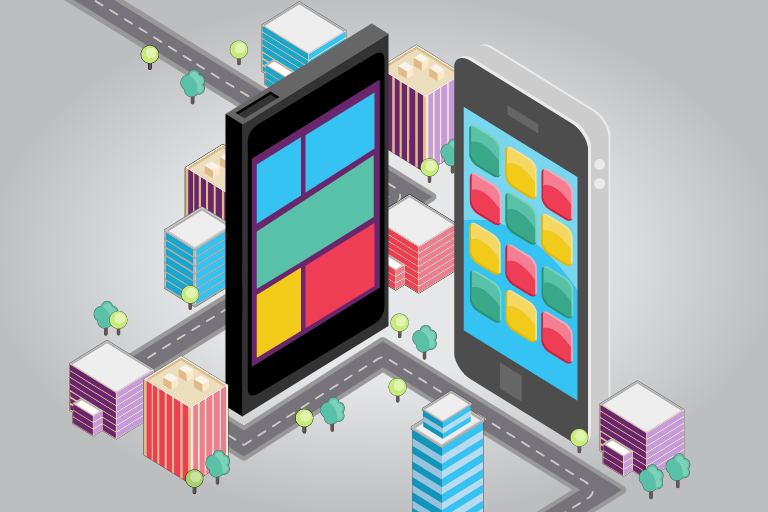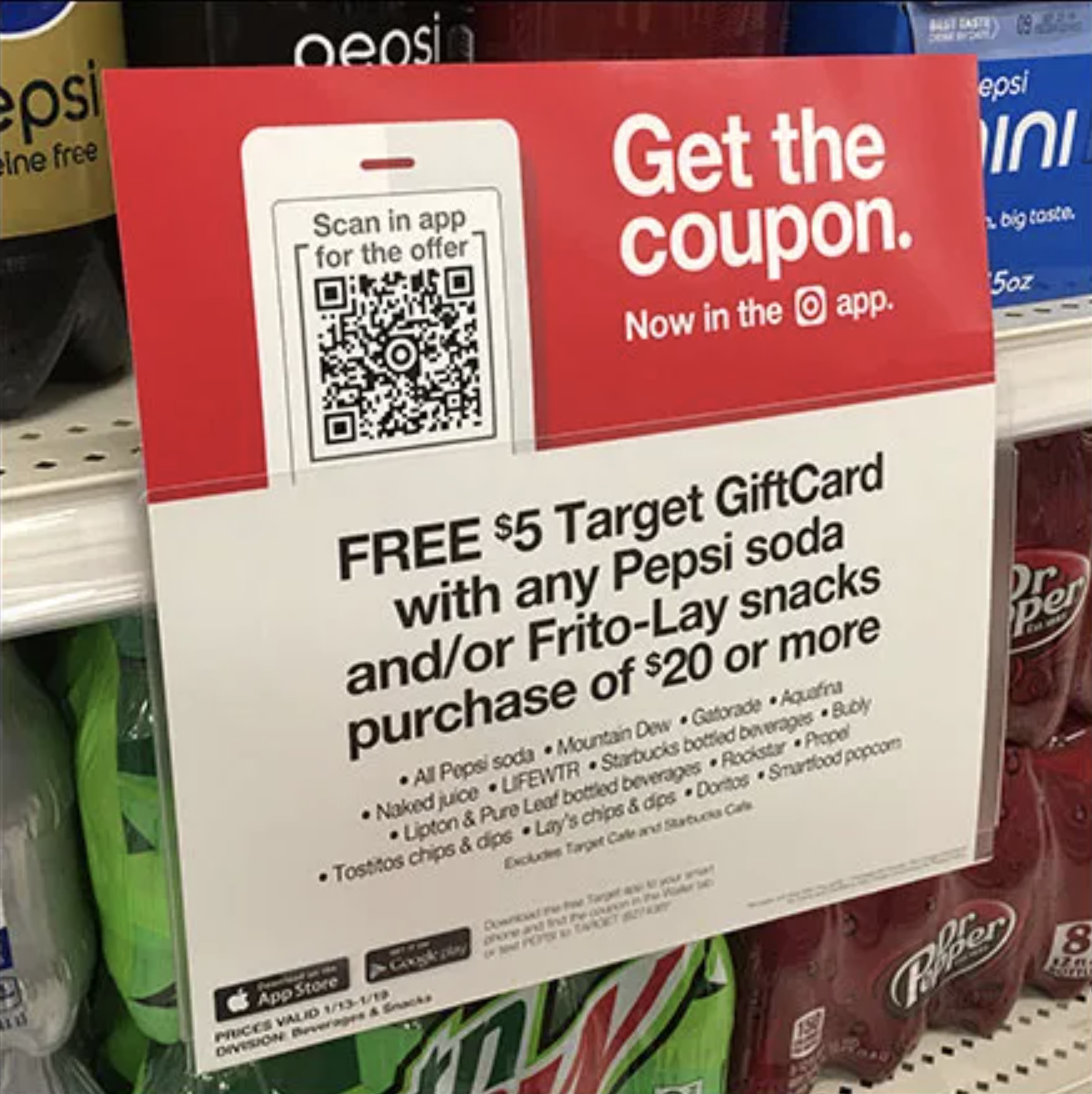It’s no secret we’re proponents of cross-channel marketing. Let’s be real—we’ve all but shouted it from the rooftops at this point. Our definition of cross-channel marketing has always included non-digital channels—like direct mail, for example—but a new term is trending that highlights non-digital marketing channels as much as digital ones.
Phygital marketing, plainly put, is the combination of physical and digital marketing. But, more than just a portmanteau, phygital marketing speaks to marketing that bridges the gap and blurs the line between online and offline to create a holistic experience. But where did this term come from? And why is it important in today’s marketing landscape?
Phygital Marketing Isn’t New
When researching this term, we were surprised to learn that it actually first appeared all the way back in 2007. According to R&D Management, “Chris Weil, currently Chairman-CEO at Momentum Worldwide, [used it] to describe the inseparable connections between the physical and the digital worlds.”
The Experience Economy
In terms of marketing, the idea of a physical and digital overlap has been around even longer. Business Process Incubator likens phygital marketing to experiential marketing. They reference the experience of seeing electricity at the Chicago World’s Fair in 1893. Fair-goers would get popcorn and treats while at the fair, but seeing the lights turn on was really the main attraction. They went for the experience, not something they could take home with them.
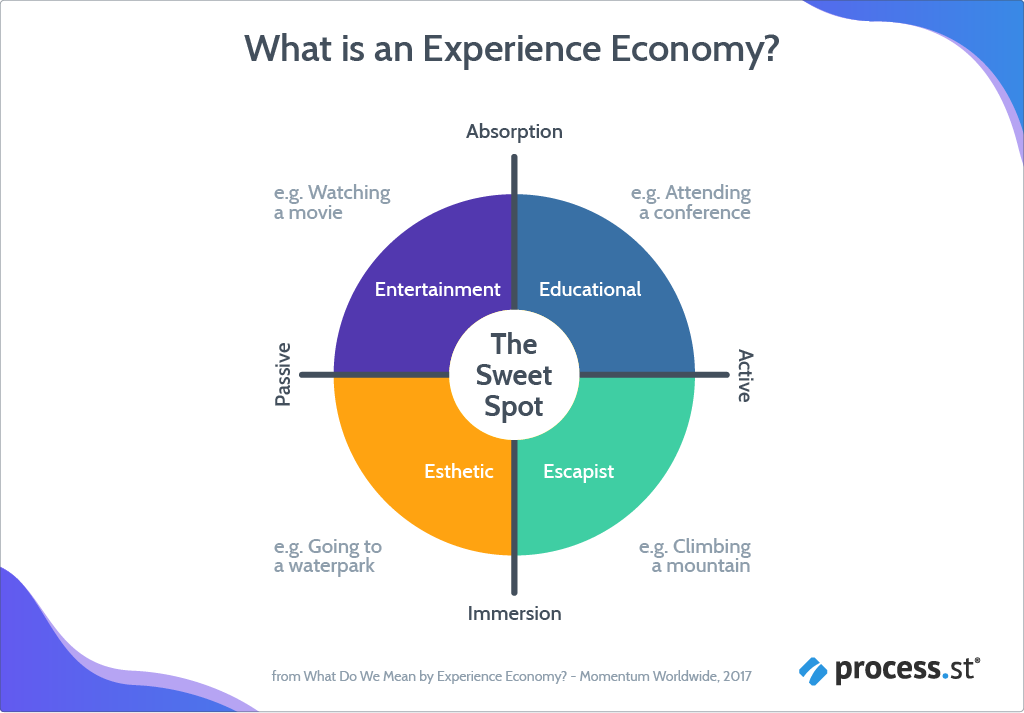

The Experience Economy is the sweet spot between absorption, immersion, passive, and active. Source: Business Process Incubator.
Business Process Incubator refers to this as “The Experience Economy.”
“While modern examples of viral marketing and pop-up events may not possess the same awe-inspiring effect as a (small) city being lit by electricity for the very first time, they do utilize the same technique: memorability, connectivity, and emotion.”
To put this in modern context, think about if you, as a customer, walk into a store and get a text from that brand with a coupon for a product you had left in your online shopping cart. How convenient is that? This brand is creating an experience by combining physical and digital marketing channels. It’s memorable, built on connectivity, and likely brings you, the customer, joy.
If this kind of marketing—marketing that creates an experience—has been around for over 100 years, why is phygital marketing trending today?
Why is Phygital Marketing Trending Now?
Blending of the physical and digital also means incorporating digital experiences where there were previously none—injecting digital into the physical. So, an obvious catalyst for the uptick in interest in phygital marketing is the pandemic.
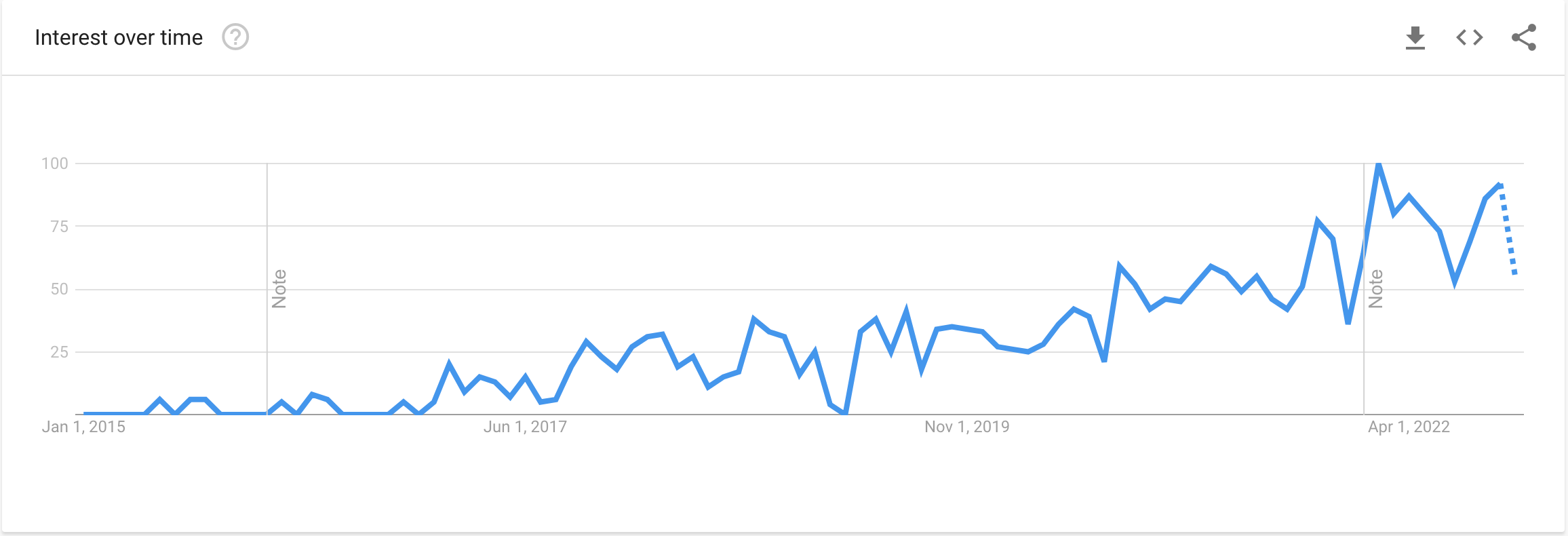

The term “phygital” started to gain more traction in early 2020 and continues through today. Source: Google Trends.
During COVID-19, consumers were avoiding in-store interactions and executing whatever tasks they could online. As a result, brands were forced to speed up their timelines to incorporate digital channels. In a 2020 report from McKinsey, they stated, “Digital adoption has taken a quantum leap at both the organizational and industry levels.”
In the aftermath of the pandemic, brands aren’t flipping a switch and reverting back to the way things were in 2019. As Forbes puts it, “2020 became 2025 on the digital acceleration timeline.” A lot of capabilities were realized as a result of the forced digital transformation and brands are now—since the majority of covid restrictions have been lifted—reintegrating the physical back into the digital.
Examples of Phygital Marketing
Phygital marketing is about exploring the relationship between the physical and digital. Historically, these two avenues may have been viewed as competing with one-another—you either have an online experience or an in-store experience—but, they’re actually complementary.
QR Codes
One of the most common examples of a phygital experience is the QR code. Once restaurants started to reopen post-pandemic, QR codes re-gained popularity because they allowed restaurants to provide a touch-free menu. Users scan the code with their phone cameras and the restaurant’s website pops up.
Target uses their QR codes to 1) offer coupons 2) increase sales and 3) encourage app downloads. This QR code is displayed in front of Pepsi products and the code will give those who scan a $5 Target gift card if they spend $20 or more on Pepsi products.
Augmented Reality
Another bridge between the physical and digital is augmented reality. Specifically, instances where digital “products” are displayed in the physical world. Eyewear brand, Warby Parker, offers a “virtual try-on” that’s the perfect example of augmented reality phygital marketing.
Through their app, Warby Parker gives users the ability to see what they look like in different frames. Then, users can order the actual frames, try the real products on, and send back what they don’t want to keep. The initial step of a virtual try-on takes out a lot of the guesswork and makes it more likely the customer will like the products they physically try on.
Geolocation
The fact that the majority of the planet has a mobile phone, equipped with location services, makes geolocation the perfect bridge between the physical and digital. Brands can, with permission, use their customers’ physical location to send targeted, hyper-relevant digital marketing messages.
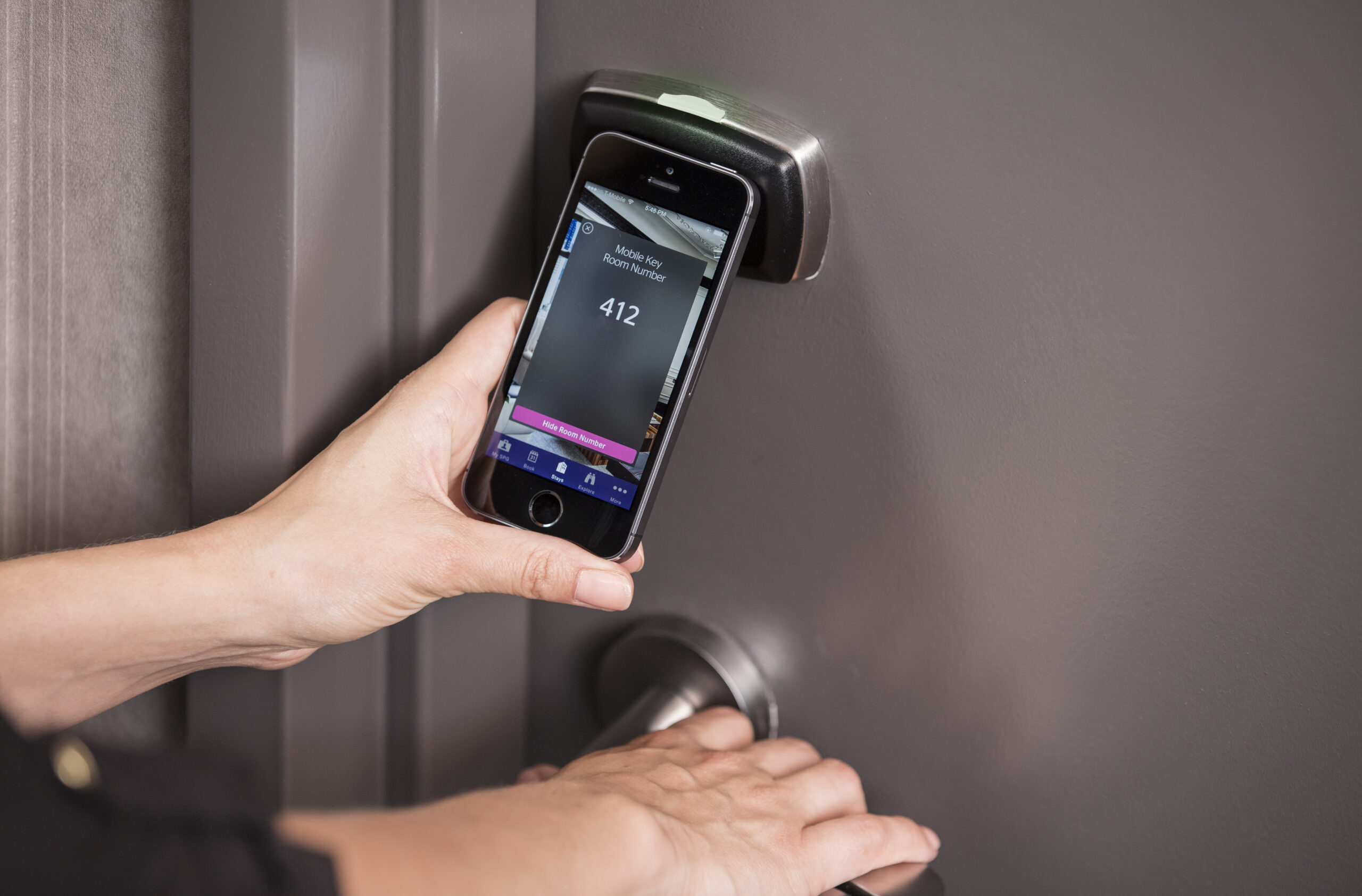

Starwood Hotels & Resorts sends keys to user’s phones, helping to speed up the check-in/check-out process. Source: Business Wire.
In a previous article on location-based mobile marketing, we mention the example of Starwood Hotels & Resorts using beacon marketing. “When hotel guests walk into a Starwood Hotels & Resorts location they would receive a digital room key sent directly to their mobile device via a beacon.” The experience is seamless, touchless, and simple.
Creating a Joyful Experience
Phygital marketing is all about the complete experience. Brands can no longer get away with an excellent in-store experience but a terrible online experience, or vice versa. The two worlds are becoming more and more intertwined, meaning brands should aim to reduce the friction between them.
Don’t worry, creating a seamless experience across physical and digital channels doesn’t need to be overly complicated. It all boils down to the tools you have in your marketing arsenal and how you use them. Building a joyful customer experience is a click away.
To learn more about how Iterable can help you power a phygital marketing experience, schedule a demo.





























